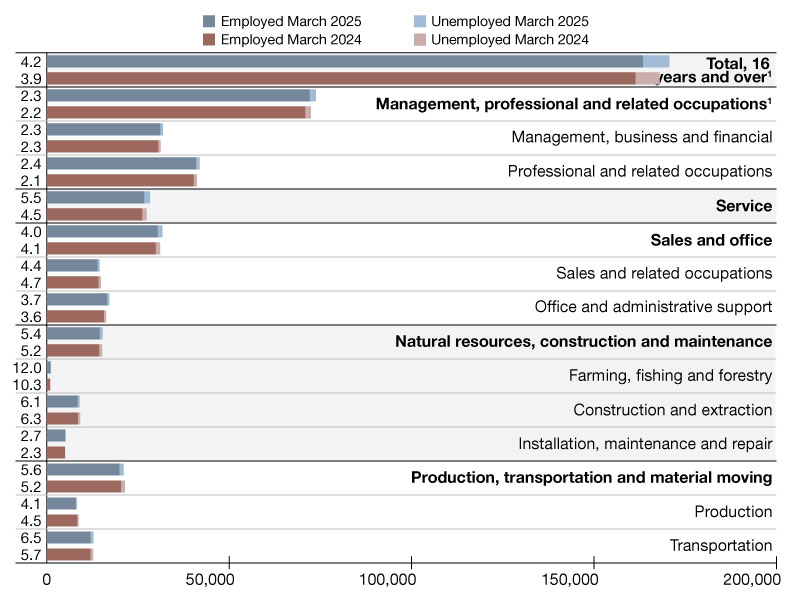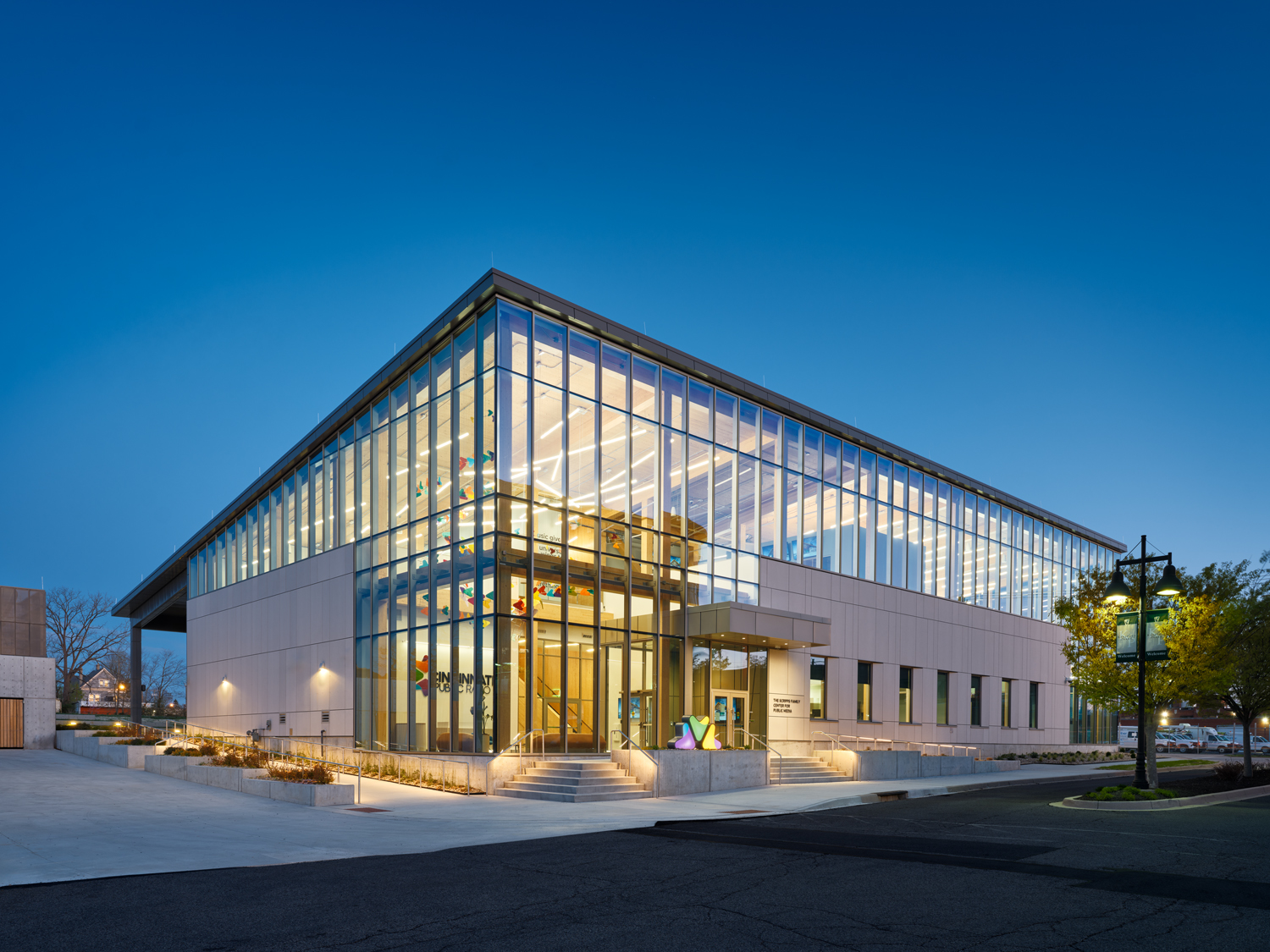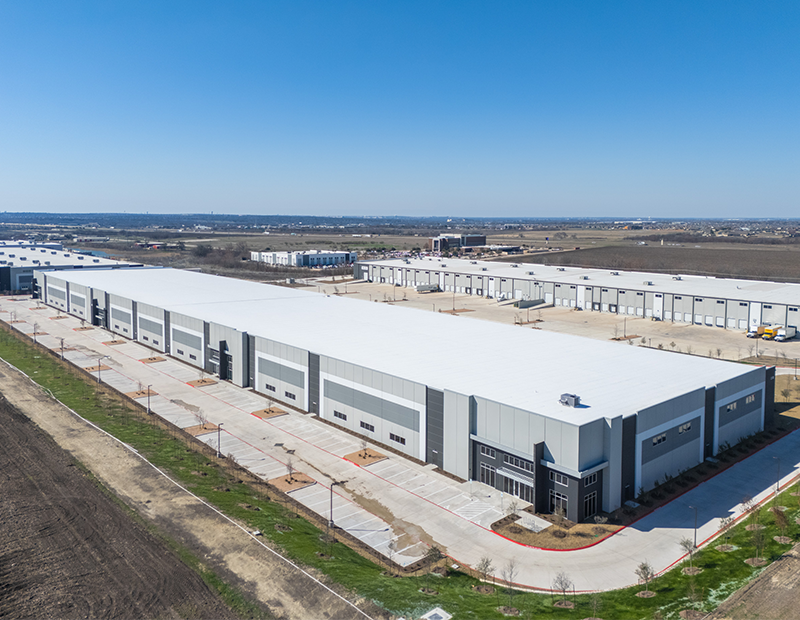Return to the Office at a Trickle, CoreNet Global Finds
The report suggests commuting Monday through Friday for a 9-to-5 day will no longer be the norm.
Fifty percent of respondents to CoreNet Global’s latest tracking survey said it will be June 2021, at the earliest, before more than 50 percent of employees will return to the office.
READ ALSO: Return to the Office Tied to Schools Reopening in JLL Report
Over an approximate three-week period ending Sept. 29, CoreNet queried its membership on the impact of the pandemic, and 102 corporate real estate professionals responded with their views. Seventeen percent of participants found the June 2021 return-to-work date optimistic and suggested that it will take longer for more than half the workforce to reclaim their office desks.
“All the evidence we’ve seen from our own research these past several months—plus conversations with leading corporate real estate executives—had suggested that companies have been taking a very slow and cautious approach in terms of bringing large numbers of employees back into the office,” Tim Venable, senior vice president with CoreNet Global, told Commercial Property Executive. “But we were surprised to learn from our latest survey just how slow that has been: Only 3 percent of respondents reported that they now have 50 percent or more of their employees working on-site again.”
New way to work
Results of CoreNet’s survey also suggest that the conventional work pattern—commuting Monday through Friday for a 9-to-5 day—will no longer be the norm, as 64 percent of participants responded that the conventional schedule is now a thing of the past. The percentage of those who share the sentiment has gone on the rise since CoreNet’s previous survey, conducted between May 27 and June 16, when only 58 percent deemed the modern eight-hour workday obsolete.
Looking ahead, survey participants envision their employees spending 50 percent of their time in a traditional office setting, 42 percent of their time in a home-based or remote location and 7 percent of their work schedule in coworking space. “With the global work-from-home experiment that has been playing out now for the past seven months—largely successfully—it’s hard to imagine that remote working will not be a significant part of most companies’ workplace strategies,” Venable noted.
With regard to the pandemic’s impact on companies’ use of coworking spaces, 46 percent of participants revealed that their employment of shared-space accommodations will go unchanged after the pandemic subsides, while 28 percent expect it to decrease and 26 percent forecast an increase. Venable said, “Moving forward, companies will provide a network of places, not just a single location. But the importance of the office for teamwork, collaboration and simply socializing with co-workers is not going away.”
Changes to the definition of office will likely bring changes to the corporate real estate footprint for a great majority of office users. CoreNet found that 70 percent of respondents believe their total office square footage will decrease over the next two years. Of those that anticipate a decrease in office space, 27 percent believe the reduction will be 10 percent to 30 percent, and 20 percent forecast a space reduction of more than 30 percent.
At this point in the pandemic era, the consensus is that a notable segment of what has long been traditional in the workplace will be no more. “We can expect that COVID-19 will bring about long-term change in the purpose of the office, design and layout of the office, and how and where work gets done,” Venable added.
Read the full report by CoreNet Global.








You must be logged in to post a comment.